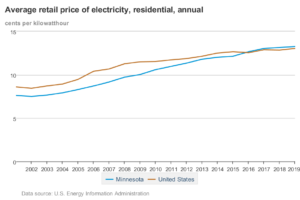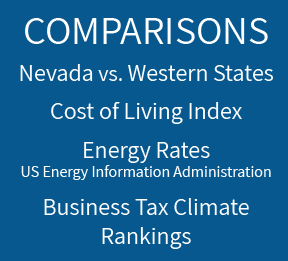The practical electricity data and pilot projects have been analyzed on dynamic pricing and they have shown that if the Roanoke Energy Rates and income are made flexible Then there can be a significant enhancement in demand response to several lifestyle and behavioral factors. researchers are totally supporting the dynamic pricing method because of its effectiveness in managing the demand and a reduction in peak load of about 30%. It is because customers are more inclined to reduce their energy consumption because it might really not be easy to reschedule it.
The hot climate shows the best response regarding consumption. The proper implementation of dynamic pricing just requires good. To stimulate a better response, pricing schemes should vary in different markets. Supporting programs can be implemented to reduce the fear among customers that their expenses will increase excessively.

A survey of 14 utilities in 1993 showed that customers responded well to high prices and peak consumption fell about 30%. They also noted that if there is an increase in the amount of the savings on their bill, control over cost, reliability in the notification of the price, notice time, improvement in certainty, and services provided by the company then the customers will be more satisfied with the services provided.
Other than that, unreliable notices and failure of equipment are the factors that reduce the satisfaction among customers. They only wish to continue with this dynamic pricing method if there will be an improvement in the status of reports and price updates and an improvement in access to usage data and availability of longer periods of contract.
In 1999 Bose and Shukla examined the econometric relationship in India between electricity consumption and other variables. This was a nationwide study and the data was collected for over 9 years. It was found that the consumption of electricity in commercial and large industrial sectors is flexible but the same cannot be said for the electricity requirements in the residential agricultural land of small to medium-level industries. In 2000, Tiwari studied the household data of a survey in India to confirm that there is inflexibility in the demand and the upper-middle class is only able to provide the best response.
Various researches have been conducted both in India and in other countries around the world. It leads to various conclusions. Firstly, the rates should benefit both the utility and the customers. Secondly, the duration of the peak should be shorter to improve the acceptance of the rate among the customers. Thirdly, a considerably high ratio of off-peak is required to reduce load and lead to savings in the bill.
Fourthly, it is required to monitor the impact of raids and then they should be modified accordingly to improve customer satisfaction and improve the cost-effectiveness of this method. In most of the research, it has been noticed that customers are more inclined toward conserving energy rather than substituting it.
However, it has also been noticed in a survey that the consumers have noticed both positive and negative variations in their electricity bills. This suggests that the implementation of dynamic pricing will be difficult if the management of the negative situations is not handled properly by implementing suitable supporting programs.




